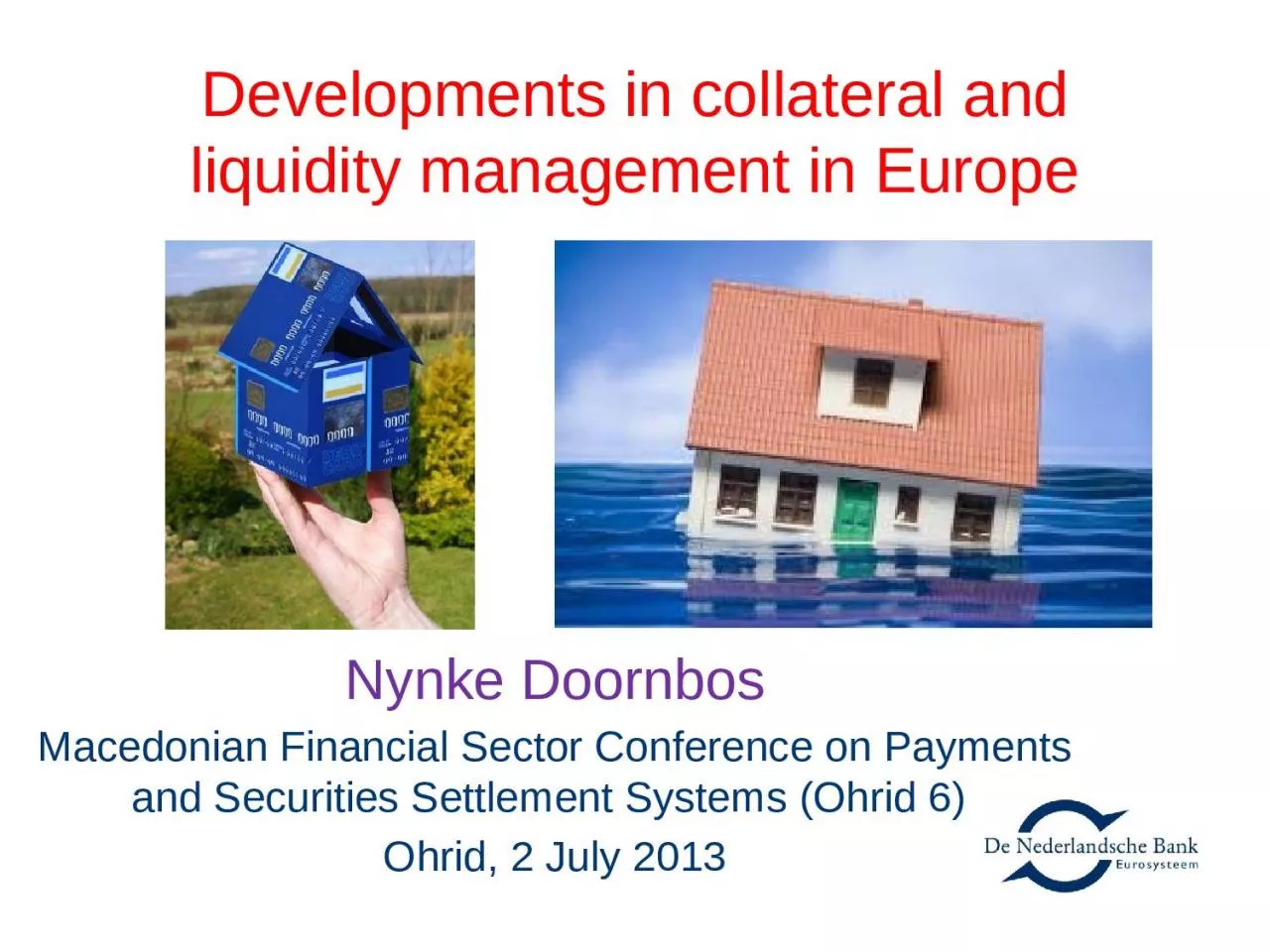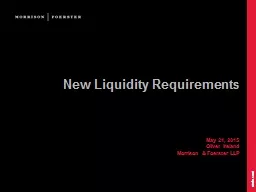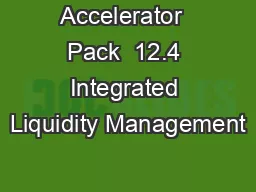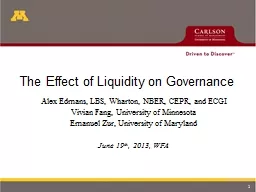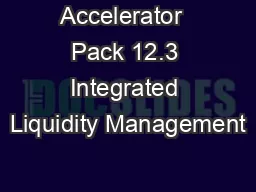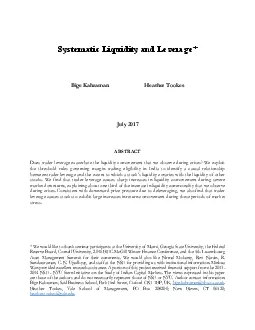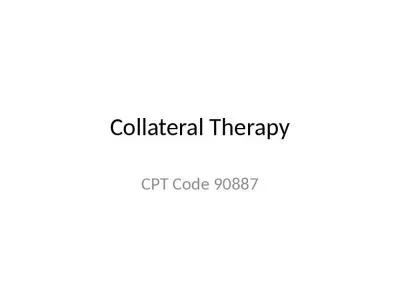PPT-Developments in collateral and liquidity management in Europe
Author : priscilla | Published Date : 2023-11-05
Nynke Doornbos Macedonian Financial Sector Conference on Payments and Securities Settlement Systems Ohrid 6 Ohrid 2 July 2013 Outline Rising demand for collateral
Presentation Embed Code
Download Presentation
Download Presentation The PPT/PDF document "Developments in collateral and liquidity..." is the property of its rightful owner. Permission is granted to download and print the materials on this website for personal, non-commercial use only, and to display it on your personal computer provided you do not modify the materials and that you retain all copyright notices contained in the materials. By downloading content from our website, you accept the terms of this agreement.
Developments in collateral and liquidity management in Europe: Transcript
Download Rules Of Document
"Developments in collateral and liquidity management in Europe"The content belongs to its owner. You may download and print it for personal use, without modification, and keep all copyright notices. By downloading, you agree to these terms.
Related Documents

